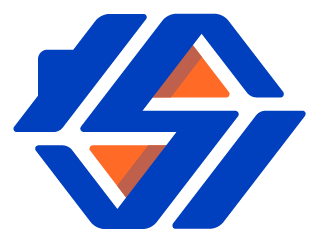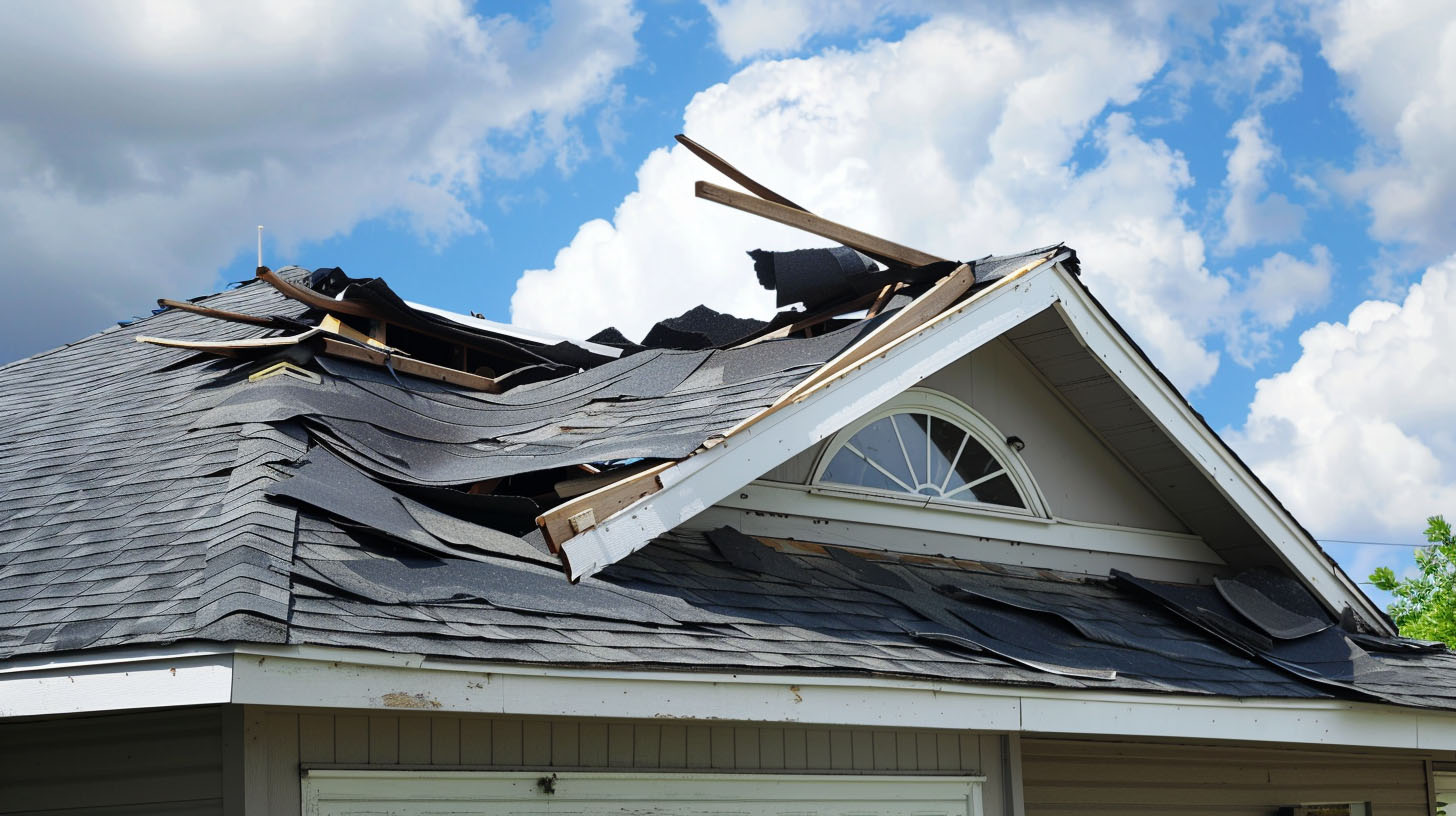What Insurance Covers When It Comes to Roof Damage
Knowing how your insurance policy addresses roof damage is fundamental for safeguarding your home investment. Roofs endure many challenges, from harsh elements to aging, and understanding how homeowners insurance can aid in repairs or replacement is vital. Whether it’s storm-related damage or a sudden roof leak, your policy’s specifics dictate what’s covered. This blog from Specialist Roofing & Repair explains essential insurance coverage elements, exclusions, and actionable insights to help Orange County, CA homeowners make informed decisions about their insurance claims.
Understanding Roof Insurance Coverage
You may wonder whether your roof insurance sufficiently protects you during unforeseen roof damage. Insurance companies follow specific protocols to determine eligible claims for repair or replacement.
Reviewing your home insurance policy terms is the first step in understanding your protection. You’ll learn how covered perils align with your roof’s damage and how companies inspect and assess losses. This section provides insight into eligibility factors, helping you better navigate the process when filing an claim.
How Home Insurance Protects Your Roof
Homeowners benefit significantly from their insurance policy’s robust protection mechanisms concerning damage. A typical homeowners policy covers various types of roof damage, including incidents caused by hail, wind, or other covered perils, ensuring financial protection against unexpected repairs. In addition, many policies provide coverage for replacement cost value, which can be essential when extensive damage occurs. An agent can help clarify policy terms and assist in filing claims, ensuring that homeowners are well-prepared to address any roofing needs.
Common Policy Terms Explained
Understanding the nuances of insurance policy terms can significantly impact your coverage. Key terms such as “covered peril” and “cause of loss” define the specific events or circumstances that trigger protection under your homeowners policy. Additionally, concepts like “replacement cost value” and “actual cash value” help homeowners assess potential claim payouts. It’s crucial to familiarize yourself with these terms to navigate the complexities of damage claims effectively, ensuring financial protection against the most common causes of damage.
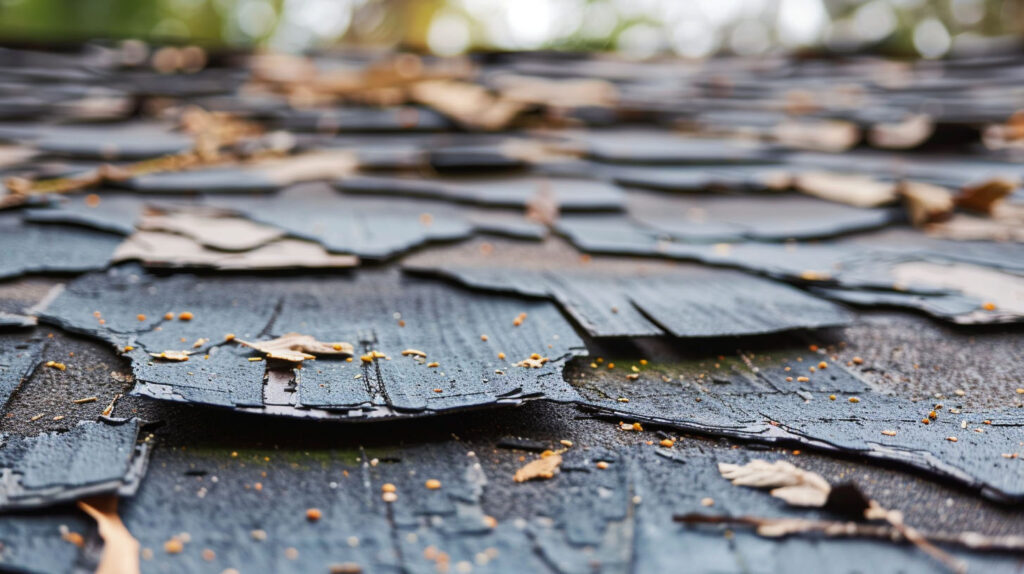
Types of Roof Damage Covered by Insurance
Most policies include coverage for incidents such as hailstorms, wind, fire, or vandalism—all considered accidental occurrences. Checking your homeowners insurance policy helps identify eligibility and guides you in submitting claims for significant repairs to maintain the structural integrity of your roof.
Storm, Wind, and Hail Damage
Severe weather events, such as storms and hail, are recognized as covered perils under a homeowners insurance policy. These incidents can cause extensive damage, often necessitating immediate repairs or even complete roof replacement. Home insurance covers both the cost of repairs associated with leaks and structural issues resulting from such events. When filing a roof insurance claim, it’s essential to document the type of damage and consult a roof inspector to ensure all aspects of the damage are assessed accurately for maximum coverage.
Fire, Vandalism, and Sudden Events
Extensive coverage is often provided for specific catastrophic incidents like fire, vandalism, and other sudden events that can severely impact a roof. Homeowners extensively covers damages resulting from these covered perils, ensuring financial protection against the costs associated with a damaged roof. It’s essential to assess the extent of the damage meticulously; the insurance claim process may involve an inspection by a claims adjuster or a roof inspector to determine the necessary repairs or replacement cost value for effective restoration.
Types of Roof Damage Not Covered by Insurance
Some roof damages commonly fall outside the protection limits of homeowners insurance policies. Understanding exclusions like aging, wear, or lack of regular maintenance prevents you from filing unqualified claims.
Сompanies expect roofs to be kept in proper conditions, excluding losses attributed to neglect or preventable issues. Recognizing these policy limitations can guide proactive efforts in maintaining your roof’s health for reliable insurance claim eligibility in the future.
Wear and Tear or Age-Related Issues
Roof aging is inevitable, and signs of wear present challenges in securing claim payouts. Home insurance policies exclude damages resulting from deterioration or long-term exposure like curling shingles or fading.
Сompanies deem this normal wear, rejecting claims intending to replace old roofs without covered causes. However, ensuring care through inspections plays a preventive role in mitigating costly out-of-pocket needs.
Specialist Roofing & Repair recommends scheduling periodic checkups, maintaining cleanliness, and resolving minor roof issues promptly for an effective insurance policy.
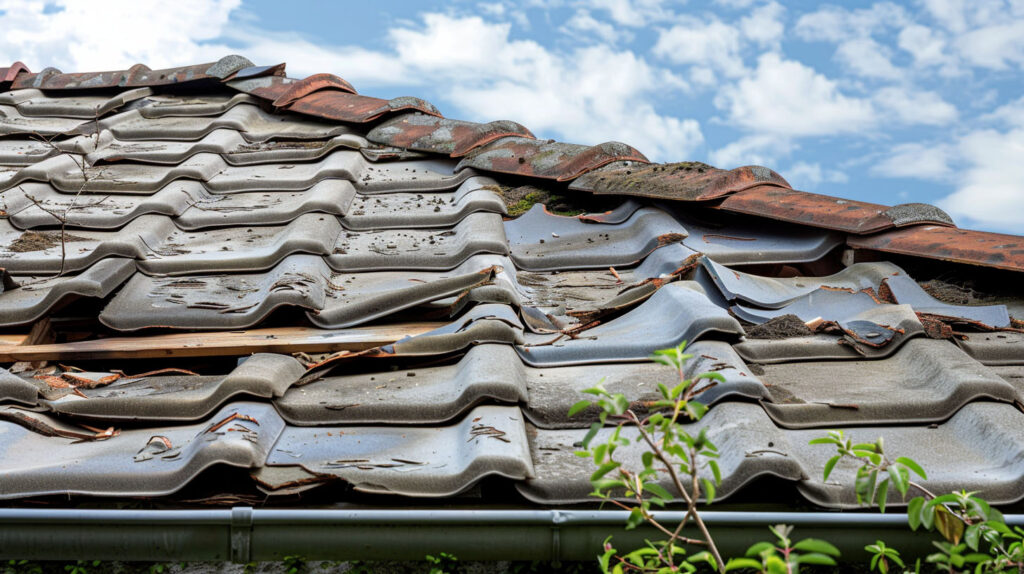
Improper Installation and Negligence
Damage tied to incorrect installation or homeowner negligence remains excluded from most policies. Such omissions happen due to insufficient maintenance or relying on substandard contractors at installation time.
Professional installation ensures policy conditions align and avoid complications during claims. Additionally, specializing routine inspections by licensed providers increases your roof’s durability over time.
For homeowners seeking professional reassurance, Specialist Roofing & Repair advocates addressing emergencies early and minimizing risk factors affecting overall reliability of coverage provided.
Actual Cash Value vs. Replacement Cost Value
Claim payouts under homeowners depend on policy logic differentiating actual cash value (ACV) versus replacement cost value (RCV). Knowing payout structure facilitates managing roofing expenses sensibly altogether.
Understanding two-value basis differences enables judgment whether substantial event loss coverage entails much-needed customized policy-switch substitutes surrounding roofing transitions.
What Is Actual Cash Value (ACV)?
Actual Cash Value (ACV) is the amount an insurer pays to replace damaged property, minus depreciation. This means it’s the current market value of the roof at the time of loss, taking into account age and wear, rather than the cost of a new roof.
What Is Replacement Cost Value (RCV)?
Replacement Cost Value (RCV) refers to the amount required to replace a damaged roof with a similar quality without deducting for depreciation. This type of coverage is crucial for homeowners seeking to restore their property fully following a loss incident.
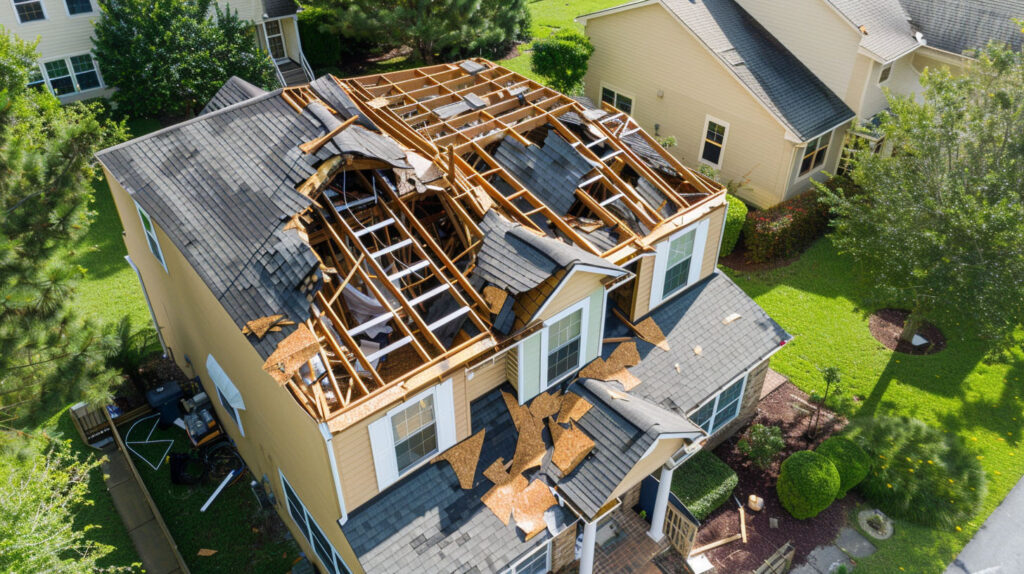
Trust the Experts
Navigating the complexities of roof damage insurance can feel overwhelming, yet the right homeowners insurance policy offers vital financial protection. Understanding terms like actual cash value and replacement cost can significantly impact claim payouts, ensuring homeowners are adequately covered for various types of damage. Engaging with a knowledgeable agent can simplify the process, clarifying what your policy encompasses. Remember, maintaining regular upkeep on your roof not only prevents extensive damage but also strengthens your coverage and peace of mind.
Frequently Asked Questions
What kind of roof damage is covered by insurance?
Insurance typically covers roof damage caused by events like storms, hail, fire, or vandalism. However, wear and tear or neglect are generally excluded. It’s crucial to review your policy specifics to understand the extent of coverage related to your roof damage.
Is it worth claiming roof damage on insurance?
Claiming roof damage on insurance can be worth it if repair costs exceed your deductible. However, consider potential premium increases and long-term implications. Evaluate the extent of damage and obtain estimates to make an informed decision about filing a claim.
Read our blog: The Importance of Ventilation in Your Roofing System
